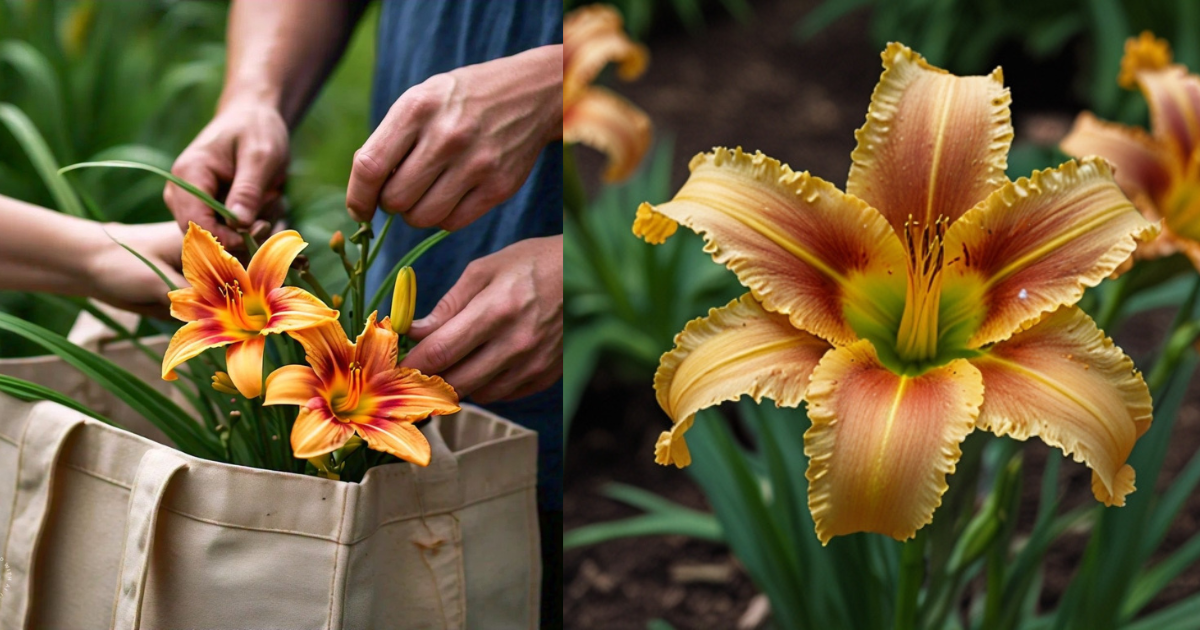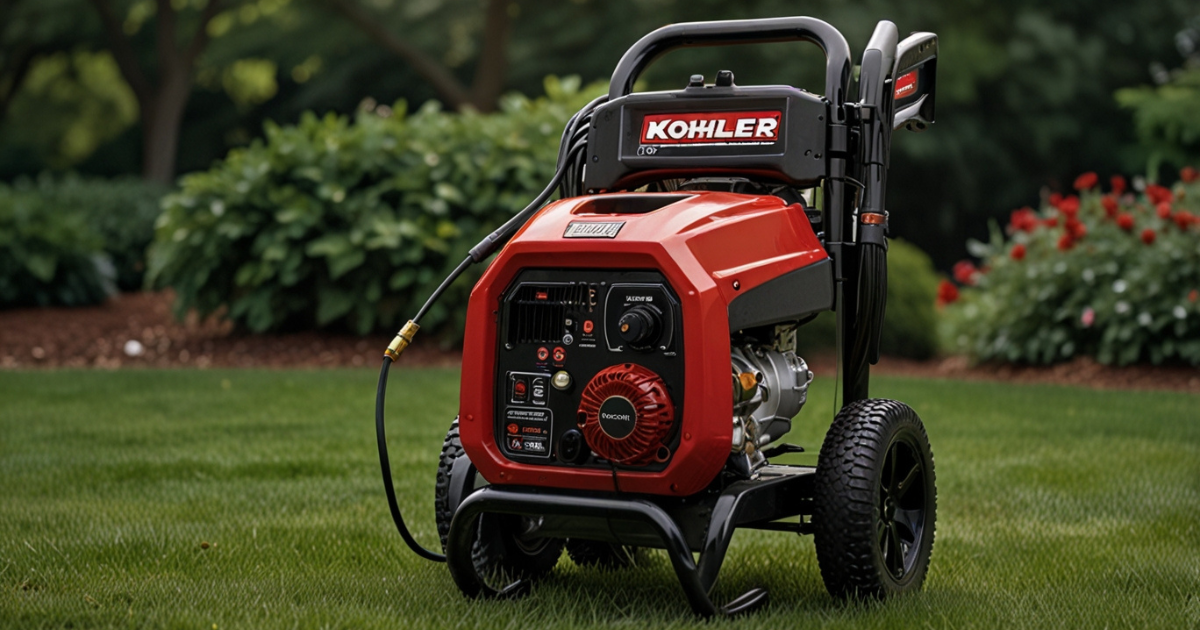Daylilies are popular garden plants known for their hardiness, vibrant colors, and ease of care. However, like all plants, they require proper handling when being moved or transplanted. Sometimes, you might need to transport daylilies for replanting, gifting, or bringing them home from a nursery. During the transport process, it’s crucial to ensure that the daylily doesn’t break, especially when placed in a bag for transit.
In this blog, we will explore the best practices for safely transporting daylilies in a bag, what to do if a daylily breaks during transport, and how to care for the plant once you’ve brought it to its destination.
Understanding Daylilies and Their Structure
What Are Daylilies?
Daylilies (Hemerocallis) are perennial plants that thrive in a variety of climates and soil types. They are characterized by long, strap-like leaves and bright, trumpet-shaped flowers that bloom for a single day, hence the name “daylily.” Despite the short bloom period of individual flowers, a single plant can produce many blooms, offering color and life to your garden for several weeks or months.
Daylilies are extremely popular among gardeners due to their low maintenance and ability to adapt to different environmental conditions. However, their delicate stems and flowers require careful handling, particularly during transport.
Daylily Anatomy
To understand how to transport daylilies without damaging them, it’s important to be familiar with their basic structure:
- Leaves: Long and narrow, the leaves of a daylily grow from the base of the plant. They can be delicate and prone to bending or breaking.
- Scapes: These are the flower stems that hold multiple buds. Scapes can be fragile, and if broken, the plant may lose its ability to bloom that season.
- Roots: The root system of daylilies is fibrous and extensive, making it vital to protect them during transport.
- Flowers: Daylily flowers bloom for just one day, but they are still sensitive and require protection during transport to avoid wilting or breaking prematurely.
Best Practices for Transporting Daylilies in a Bag
Preparing Daylilies for Transport
If you need to move daylilies from one location to another, preparation is key. Whether you’re moving them from a nursery or transplanting them from one part of your garden to another, these steps will help protect your plants:
- Water the Daylilies Beforehand: Ensure that the plant is well-watered a day before transport. This will keep the plant hydrated during transit and reduce the risk of stress.
- Digging Up the Daylilies Carefully: When digging up daylilies for transport, use a garden fork or spade to carefully lift the plant from the ground, ensuring you don’t damage the roots. Dig around the plant at a reasonable distance to capture as many roots as possible.
- Remove Excess Soil: Gently shake off the loose soil around the roots. This will make it easier to wrap and protect the plant in a bag. You don’t need to remove all the soil, just enough to make it manageable for transport.
- Wrap the Roots: Before placing the daylily in a bag, wrap the roots in moist paper towels or newspaper to keep them from drying out during the journey. This moisture is crucial for maintaining the health of the plant.
Choosing the Right Bag for Transport
Transporting daylilies in a bag requires choosing the right kind of bag to ensure the plant stays safe:
- Use a Large, Sturdy Bag: Choose a durable bag, such as a canvas tote, breathable cloth bag, or even a plastic bag with holes for ventilation. Make sure the bag is large enough to fit the entire plant without bending the leaves or stems too much.
- Avoid Tight Wrapping: While it may seem like a good idea to tightly wrap the plant for protection, doing so can crush the leaves and stems. Allow the plant to sit loosely in the bag, with enough room for air to circulate.
- Ensure Ventilation: If using a plastic bag, poke a few holes to allow for ventilation. Lack of air circulation can cause the plant to overheat and damage the leaves or flowers.
- Protect the Scapes and Buds: If your daylily is in bloom or has buds, wrap the scapes gently in soft tissue or bubble wrap to prevent them from breaking. Make sure not to apply too much pressure, as the buds can easily be damaged.
Transporting the Daylilies
Once your daylilies are secured in a bag, it’s time to transport them. Here are some tips to ensure they stay safe during the journey:
- Handle with Care: Be mindful of how you carry the bag. Avoid bending or crushing the bag, as this can lead to broken stems or damaged flowers.
- Secure in the Vehicle: When placing the bag in your car, make sure the bag is standing upright and secure. You don’t want the bag to topple over or shift during the ride, as this could damage the plant.
- Limit Time in Transit: The less time the plant spends in the bag, the better. Daylilies can experience stress if they are in a confined space for too long. If possible, transport the daylilies during cooler parts of the day, and avoid leaving them in a hot car for extended periods.
What to Do If a Daylily Breaks During Transport
Handling Broken Stems
If a stem or scape of your daylily breaks during transport, it’s important not to panic. Here’s what you can do:
- Trim the Broken Stem: Use a pair of sharp, clean scissors or pruners to trim the broken stem just above the break. This will help the plant focus its energy on healthy growth.
- Remove the Damaged Flowers: If the flowers were damaged during transport, carefully remove them to prevent the plant from wasting energy on wilting blooms.
- Monitor the Plant’s Health: After trimming any broken parts, ensure the plant is properly replanted and watered. Daylilies are hardy plants, and even with some breakage, they can recover well if given the right care.
Caring for Daylilies Post-Transport
Once your daylilies have been transported and are ready for replanting, follow these steps to ensure they thrive:
- Replant Immediately: Daylilies should be replanted as soon as possible after transport. Choose a well-drained spot with plenty of sunlight, as daylilies prefer full sun to partial shade.
- Water Generously: After planting, water the daylily thoroughly to help the roots establish themselves in the new location.
- Monitor for Stress: Keep an eye on the plant over the next few days. It’s normal for daylilies to show signs of stress (such as wilting) after being moved, but with proper care, they should recover quickly.
Conclusion
Transporting daylilies in a bag can be a simple process if done correctly, ensuring the plant remains safe and healthy during the move. By carefully preparing the plant, choosing the right transport method, and handling any breakages effectively, you can ensure that your daylily thrives in its new location.
The finesse involved in handling daylilies, from digging up the roots to preventing damage to the scapes, is essential in maintaining the plant’s health. With the tips provided in this guide, you can confidently transport daylilies without the fear of breakage or long-term damage, allowing them to bloom beautifully in their new home.










